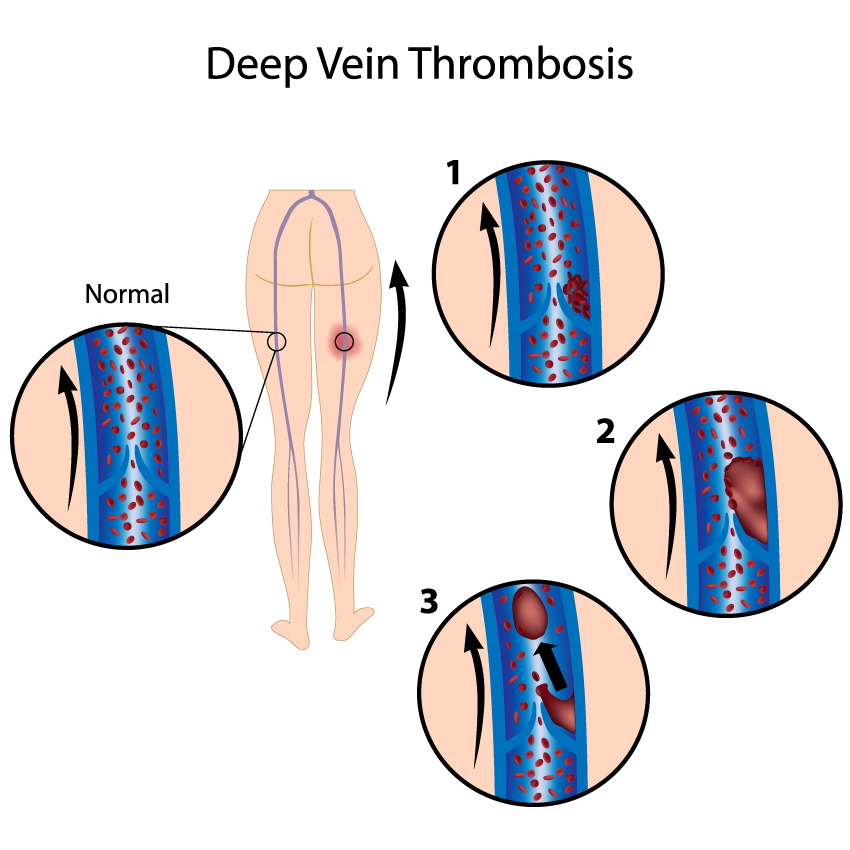
The image showcases a detailed illustration of the capillary network in the human hand and specifically highlights the structure of a fenestrated capillary.
On the left side, a dense network of capillaries is visible throughout the hand and fingers, depicted in a purplish hue. Capillaries are the smallest blood vessels in the body and are essential for the exchange of oxygen, nutrients, and waste products between the blood and the tissues.
On the right side, there's an enlarged view of a fenestrated capillary, which is characterized by the presence of small pores, or fenestrations, within its endothelial lining. These fenestrations are represented as red dots. This type of capillary is typically found in organs that require rapid exchange of substances, such as the kidneys, intestines, and endocrine glands. The fenestrations allow for increased permeability, facilitating the transfer of small molecules.
The structure of a fenestrated capillary includes:
- The endothelium, which is the single layer of cells that line the interior surface of the capillary.
- Fenestrations, which are the pores in the endothelial cells that allow for passage of certain substances.
- The basement membrane, a thin layer of extracellular matrix that provides structural support to the endothelial cells.
The bottom of the image provides indicators for blood pressure and wall thickness. It shows that blood pressure within capillaries is low, and the wall thickness is thin, reflecting the need for capillaries to facilitate the exchange of substances without resistance. The direction of blood flow is indicated as moving towards the heart, as part of the venous return system after the exchange of gases and nutrients has occurred in the capillaries.
| Term | Definition |
|---|---|
| Antrum | The lower portion of the stomach that grinds food and regulates emptying of the stomach contents into the duodenum. |
| Body of Stomach | The main, central section of the stomach where the majority of digestion occurs. |
| Cardia | The section of the stomach where the esophagus connects to the stomach. |
| Circular Muscle | Muscle fibers in the stomach wall that are oriented circumferentially and aid in digestion. |
| Duodenum | The first part of the small intestine immediately beyond the stomach. |
| Esophagus | The tube that connects the throat to the stomach, allowing food and liquids to enter the digestive system. |
| Fundus | The upper part of the stomach that serves as a storage area for food and gases. |
| Gastric Folds | Ridges on the internal stomach lining that allow for expansion as the stomach fills. |
| Gastric Glands | Glands located within the lining of the stomach that secrete stomach acid and enzymes for digestion. |
| Gastric Pit | Indentations in the stomach lining that lead into the gastric glands. |
| Greater Curvature | The convex lateral surface of the stomach. |
| Inferior Vena Cava | One of the two main veins in the human body, carrying deoxygenated blood from the lower half of the body to the heart. |
| Lesser Curvature | The concave medial surface of the stomach. |
| Longitudinal Muscle | The outer layer of stomach muscles that run lengthwise. |
| Mucosa | The innermost layer of the stomach lining that contains the gastric glands. |
| Mucous Cells | Cells that produce mucus to protect the lining of the stomach. |
| Myenteric Nerve Plexus | Network of nerves located between the layers of the muscularis, controlling gut motility. |
| Oblique Muscle | The innermost layer of stomach muscles that aid in the mechanical digestion of food. |
| Pyloric Canal | The passage connecting the stomach to the duodenum. |
| Pyloric Sphincter | A band of smooth muscle at the junction between the stomach and the duodenum. |
| Serosa | The outermost layer of the stomach wall that secretes serous fluid. |
| Splenic Vein | A vein draining blood from the spleen and parts of the stomach to the portal vein. |
| Submucosa | The layer of the stomach wall just outside the mucosa that contains nerves and blood vessels. |
| Submucosal Nerve Plexus | Network of nerves within the submucosa that regulate digestive secretions and blood flow. |
| Villi | Finger-like projections in the small intestine that increase the surface area for absorption. |

